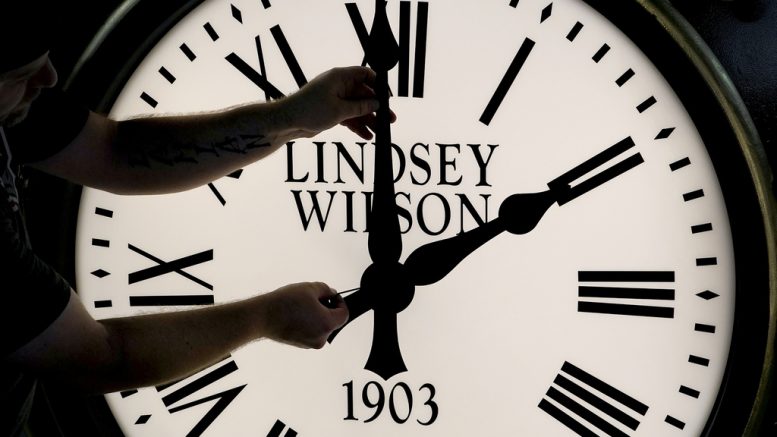WASHINGTON (AP) — Standard time comes to an end in most parts of the United States this weekend.
You’ll lose an hour of sleep for one night but gain more daylight in the evening in the months ahead.
The transition to daylight saving time is official at 2 a.m. local time Sunday across much of the country. Then on March 20, winter sunsets and spring is sprung.
Until daylight saving time ends in the wee hours of Nov. 5, the sun will rise later in the morning than than it has during standard time but it will stay light for longer until the evening.
It’s a good idea to set clocks an hour ahead before bed Saturday night.
No time change is observed in Hawaii, most of Arizona, Puerto Rico, the U.S. Virgin Islands, American Samoa, Guam and the Northern Marianas.
A poll conducted in October 2021 found that most people in the United States want to avoid switching between daylight saving and standard time, though there is no consensus behind which should be used all year.
The poll from The Associated Press-NORC Center for Public Affairs Research found only 25% of those questioned said they preferred to switch back and forth between standard and daylight saving time. Forty-three percent said they would like to see standard time used during the entire year. Thirty-two percent said they would prefer that daylight saving time be used all year.








































